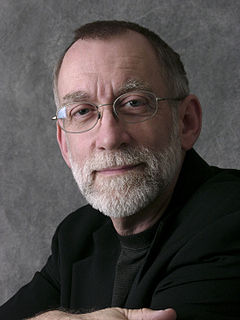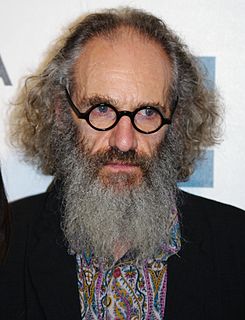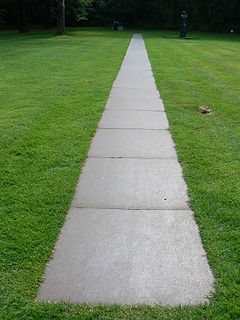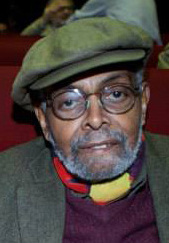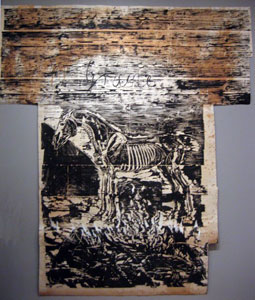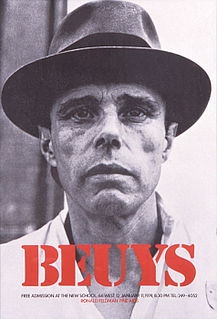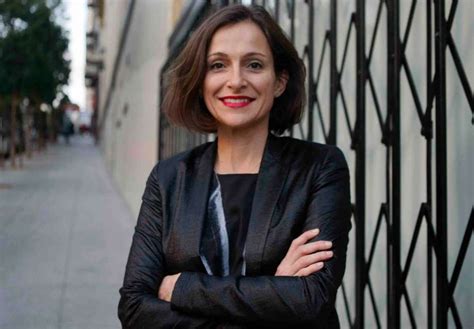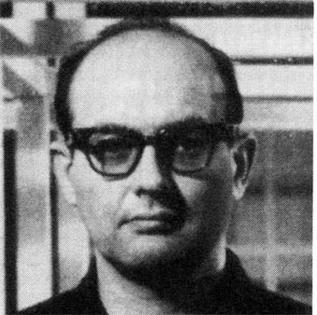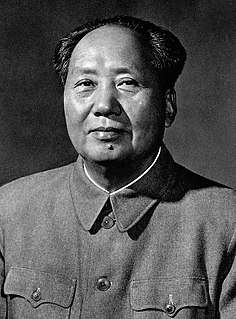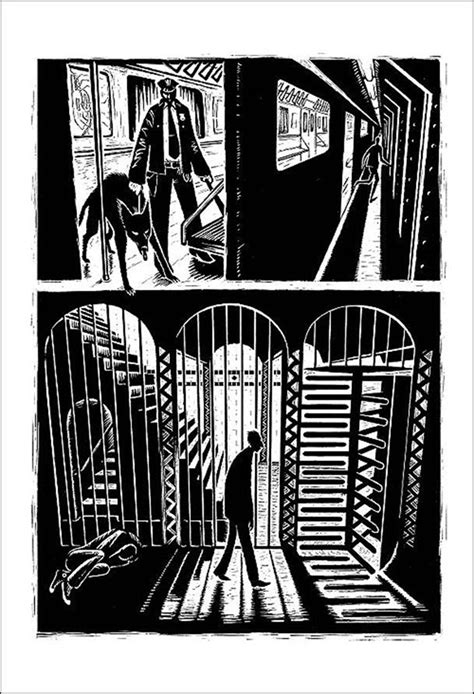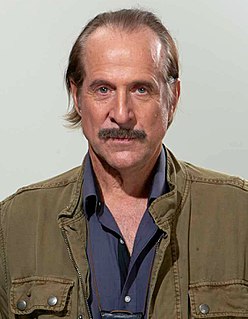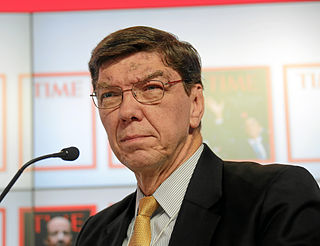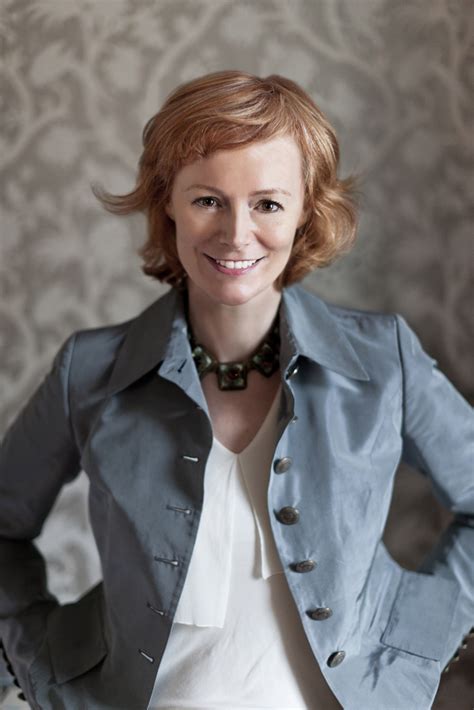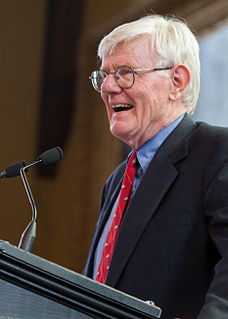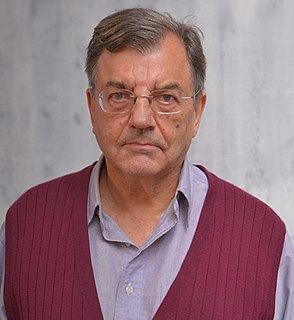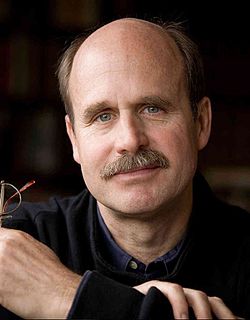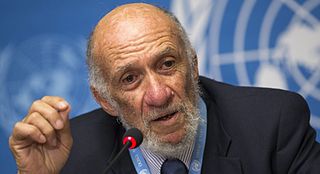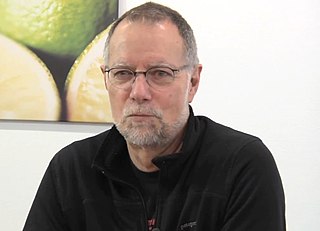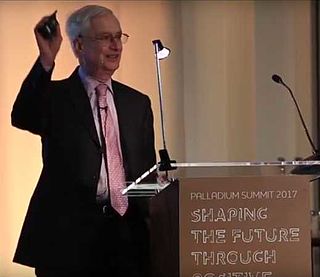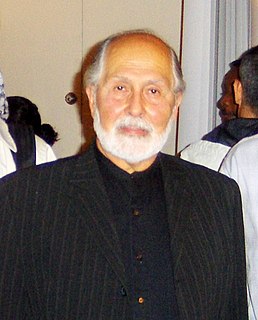A Quote by Howard Zehr
Concrete, Steel & Paint portrays the core values of restorative justice-respect, responsibility and relationships-expressed through art. it is art that involves victims, offenders and communities in a dialogue that is sometimes difficult and painful, sometimes reconciling, but always engaging. As one prisoner says in the film, 'We have come together collectively through art.' It will be a great discussion tool for college classes, community groups and others interested in issues of justice, community-building, conflict resolution and socially-engaged art.
Quote Topics
Always
Art
Building
Classes
Collectively
College
Come
Communities
Community
Concrete
Conflict
Conflict Resolution
Core
Core Values
Dialogue
Difficult
Discussion
Engaged
Engaging
Expressed
Film
Great
Groups
Interested
Involves
Issues
Justice
Offenders
Others
Painful
Paint
Prisoner
Relationships
Resolution
Respect
Responsibility
Restorative Justice
Says
Socially
Sometimes
Steel
Through
Together
Tool
Values
Victims
Will
Related Quotes
The word “art” is something the West has never understood. Art is supposed to be a part of a community. Like, scholars are supposed to be a part of a community... Art is to decorate people’s houses, their skin, their clothes, to make them expand their minds, and it’s supposed to be right in the community, where they can have it when they want it... It’s supposed to be as essential as a grocery store... that’s the only way art can function naturally.
There are so many people who have a training in art history; and if you've spent time looking at old art, you become attuned to what art does through materiality and so you begin to look to that in contemporary art as well. And anyway, I do think that matching one's experience with what you're looking at and questioning what you're looking inevitably involves materiality, just like it involves the sense of place.
And I do think that good art - the art that tends to last - is that art that hits human beings on several different levels at once because everybody's different. Some people approach art through their emotions, others through their head, and the art that can appeal to all of those levels is more likely to reach more people. Having more people see the work doesn't necessarily mean better art but it stands a better chance of lasting.
(...) contemporary art has become a kind of alternative religion for atheists. (...) For many art world insiders and art aficionados of other kinds, concept-driven art is a kind of existencial channel through which they bring meaning to their lives. It demands leaps of faith, but it rewards the believer with a sense of consequence. Moreover, just as churches and other ritualistic meeting places serve a social function, so art events generate a sense of community around shared interests
I never thought of what I was doing as a way to sell the NFL. I was making movies about a sport that I loved, about players and coaches that I respected. I wanted to convey my love of the game through film. And most artists convey their love through art. And my art and my love was expressed through film.
Art makes people do a double take and then, if they're looking at the picture, maybe they'll read the text under it that says, "Come to Union Square, For Anti-War Meeting Friday." I've been operating that way ever since - that art is a means to an end rather than simply an end in itself. In art school we're always taught that art is an end in itself - art for art's sake, expressing yourself, and that that's enough.
